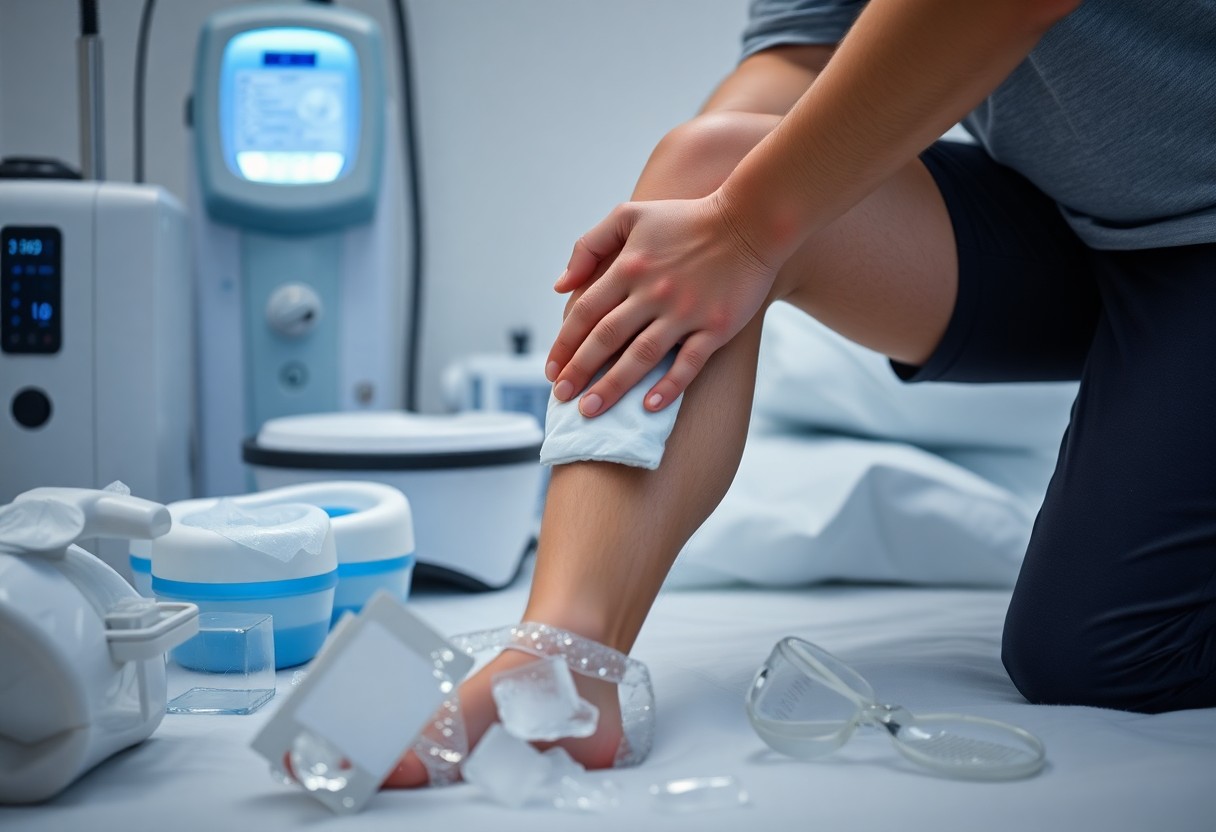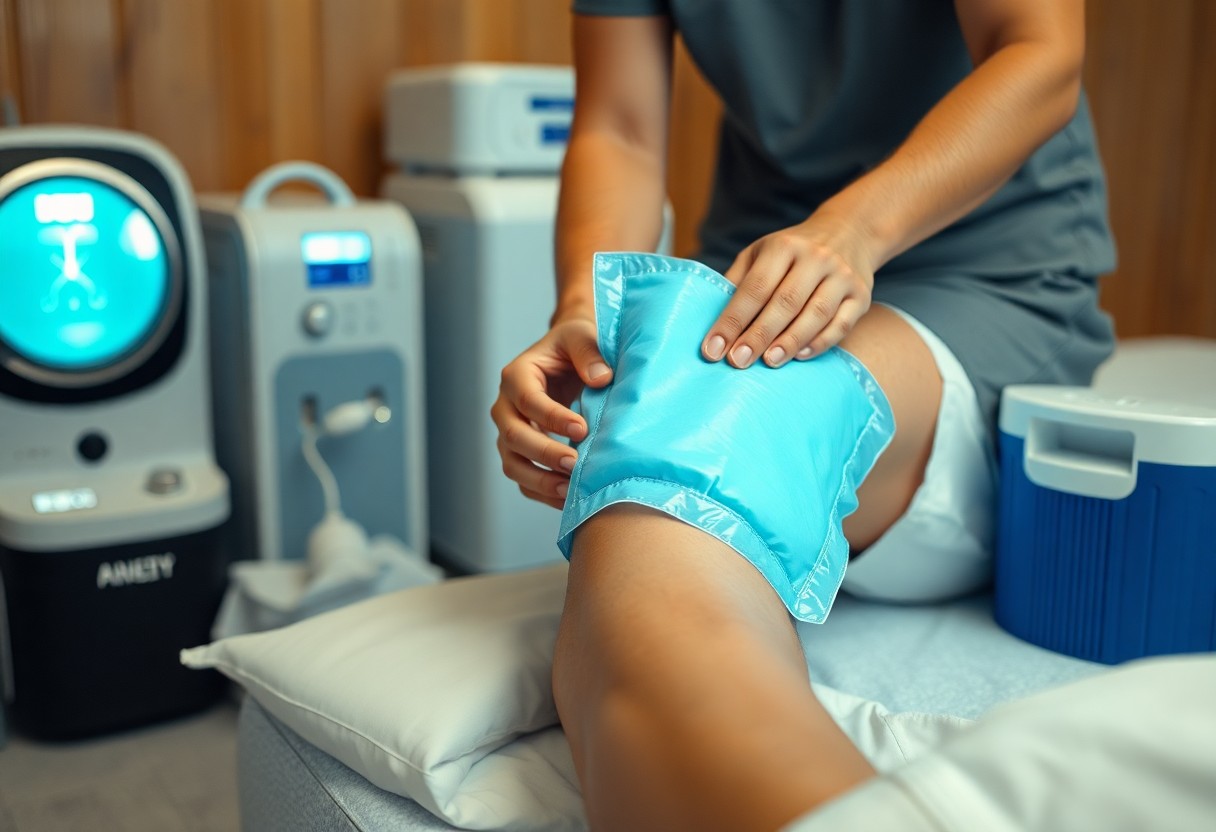As you research into the world of cold therapy, you’ll discover its powerful effects on your body. You’ll learn how it can help alleviate chronic pain and reduce inflammation. With its ability to numb painful areas, cold therapy has become a popular treatment for various conditions. You’ll find out how it can improve your physical recovery and even enhance your mental well-being. Get ready to uncover the remarkable benefits and applications of cold therapy, and how it can transform your life.
What is Cold Therapy?
A form of therapy that has been gaining popularity, cold therapy involves the use of low temperatures to treat various conditions. You may have heard of it, but do you know its applications? As you probe into the world of cold therapy, you’ll discover its benefits and risks.
Definition and Explanation
To understand cold therapy, you need to know that it’s a treatment that uses cold temperatures to reduce pain and inflammation. You’ll find that it’s used in various forms, from ice baths to cryotherapy chambers, to help your body heal faster.
History of Cold Therapy
Cold as ice, the concept of cold therapy has been around for thousands of years. You’ll be surprised to know that ancient civilizations used cold temperatures to treat various ailments, from injuries to diseases.
At the heart of cold therapy’s history lies a simple yet effective principle: the use of cold to reduce pain and inflammation. As you explore the history of cold therapy, you’ll discover that it has been used to treat a range of conditions, from muscle spasms to mental health disorders, with remarkable results. You’ll learn that cold therapy can be addictive, so it’s crucial to use it responsibly and under professional guidance to avoid serious side effects.
Medical Applications
It is no secret that cold therapy has been a staple in the medical field for years, and for good reason. You can use it to treat a variety of ailments, from pain and inflammation to muscle spasms and more.
Pain Relief and Management
By applying cold temperatures to the affected area, you can numb the pain and reduce inflammation, making it an effective treatment for conditions such as arthritis and fibromyalgia.
Injury Recovery and Rehabilitation
The process of recovering from an injury can be a long and arduous one, but cold therapy can help. You can use it to reduce swelling and promote healing in the affected area.
It is worth noting that cold therapy can be especially helpful in the early stages of injury recovery, as it can help to minimize damage and prevent further injury. As you use cold therapy, you can begin to notice improvements in your range of motion and overall comfort level, making it an vital tool in your road to full recovery.
Athletic and Sports Uses
Even if you’re an avid athlete or just a casual sports enthusiast, you’re likely familiar with the concept of cold therapy. Cold therapy is used to treat a variety of ailments, from muscle strains to joint pain.
Muscle Soreness and Inflammation
Any athlete knows that intense physical activity can lead to muscle soreness and inflammation. You can use cold therapy to reduce these symptoms and get back to your game.
Enhanced Performance and Endurance
At the highest levels of competition, every advantage counts. You can use cold therapy to improve your endurance and enhance your performance.
Due to its ability to reduce muscle damage and improve recovery time, cold therapy has become a popular tool among athletes. As you consider adding cold therapy to your training routine, you should be aware of the potential risks, such as hypothermia and frostbite, and take steps to minimize them. By using cold therapy safely and effectively, you can take your athletic performance to the next level and achieve your goals.

Mental Health Benefits
All the benefits of cold therapy are not just physical, as you will soon discover. You can expect profound effects on your mental well-being, making it an attractive treatment option.
Stress Relief and Anxiety Reduction
Although it may seem counterintuitive, applying cold temperatures to your body can have a calming effect on your mind, helping you to reduce anxiety and stress.
Improved Sleep Quality
Amazingly, cold therapy can help you regulate your sleep patterns, leading to a more restful night’s sleep.
And, as you investigate deeper into the benefits of cold therapy for sleep, you will find that it can also help you increase the production of melatonin, the sleep hormone, making it easier for you to fall asleep and stay asleep, which is crucial for your overall health and well-being.

Alternative Therapies
To explore the world of cold therapy, you’ll find various methods that can be used to promote healing and wellness. You’ll discover that cold therapy is not just about ice packs and cold compresses, but also about immersion therapy and temperature manipulation.
Cryotherapy and Ice Baths
For instance, when using cryotherapy and ice baths, you’ll be exposing your body to extremely low temperatures to reduce inflammation and improve circulation. You’ll feel the numbing effect of the cold, but be cautious not to stay in for too long to avoid frostbite.
Contrast Water Therapy
Before plunging into contrast water therapy, you should know that it involves alternating between hot and cold water temperatures to create a pumping effect in your muscles. You’ll experience the refreshing sensation of warm water followed by the invigorating shock of cold water.
Also, as you continue with contrast water therapy, you’ll find that it can help reduce muscle soreness and improve recovery time. Be aware that improper use can lead to dizziness or discomfort, so it’s important to consult with a professional before starting this therapy. You’ll want to monitor your body’s response and adjust the temperatures and timing to suit your needs, ensuring a safe and effective experience.
Precautions and Safety
After considering the benefits of cold therapy, you must also think about the potential risks. You should be aware of the dangers of frostbite and nerve damage if not used properly.
Risks and Side Effects
Any improper use of cold therapy can lead to serious health issues, such as hypothermia or tissue damage. You need to be cautious when using cold therapy to avoid these negative consequences.
Proper Usage and Guidelines
Guidelines for using cold therapy safely are crucial to minimize risks. You should always follow the recommended temperature and duration to avoid adverse effects.
Indeed, using cold therapy correctly can have numerous benefits, such as reducing inflammation and relieving pain. You can ensure a safe and effective treatment by following the guidelines and being aware of your body’s limits, and taking steps to avoid any potential harm.
Final Words
Summing up, you now know the top applications of cold therapy, and how it can benefit your body. You’ve discovered the ways it can alleviate your pain, reduce inflammation, and even enhance your recovery. As you consider incorporating cold therapy into your routine, you can expect to see improvements in your overall well-being, allowing you to take control of your health and push your body to its limits, unlocking your full potential.

